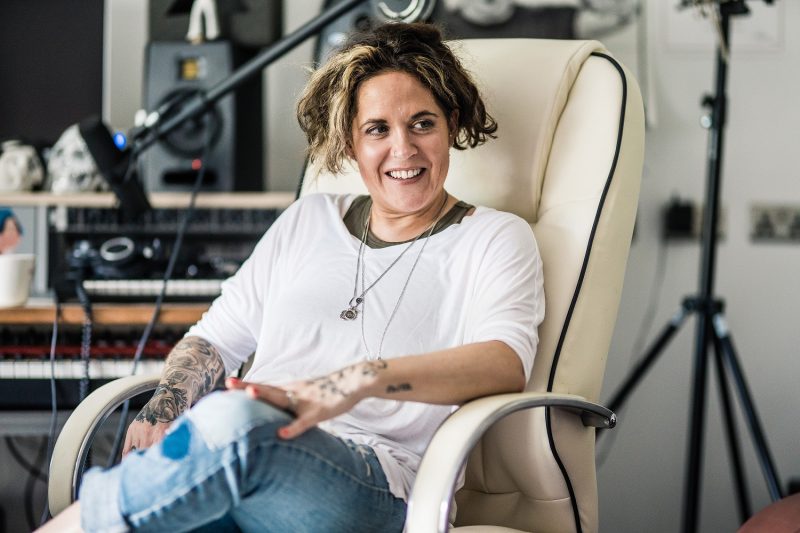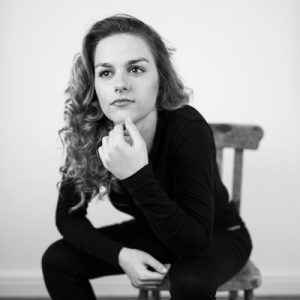
Following its rousing success with The Play That Goes Wrong, Mischief Movie Night and The Comedy About A Bank Robbery, Mischief Theatre are back with their unique take on J.M. Barrie’s Christmassy classic Peter Pan, which descends into utter chaos in what might just be their best show yet.
The poster warns us that this is not a pantomime – indeed, an increasingly irritated Captain Hook (Connor Crawford, in one of three excellent performances) reminds us of that fact, even as we the audience gamely reply ‘OH, YES IT IS!’ – but there’s enough magic, musical numbers and mishaps to be considered one. The comedy starts even before the curtain rises, from the hilarious programme (including an in memoriam section for Nadia the crocodile) to the bored-looking stagehands roping in audience members and fusing the whole theatre trying to light a few tiny lamps. The gang have crafted something of a stage-bound MCU – a Mischief Theatrical Universe, if you will – in which their hapless cast and crew from “Cornley Polytechnic Drama Society” slowly descend into chaos and madness: their inventory of onstage oopsies include malfunctioning tech, sets on the verge of collapse and all manner of bungled staging, line deliveries and prop mishaps – and it’s a deceitfully clever, canny formula that runs like clockwork.
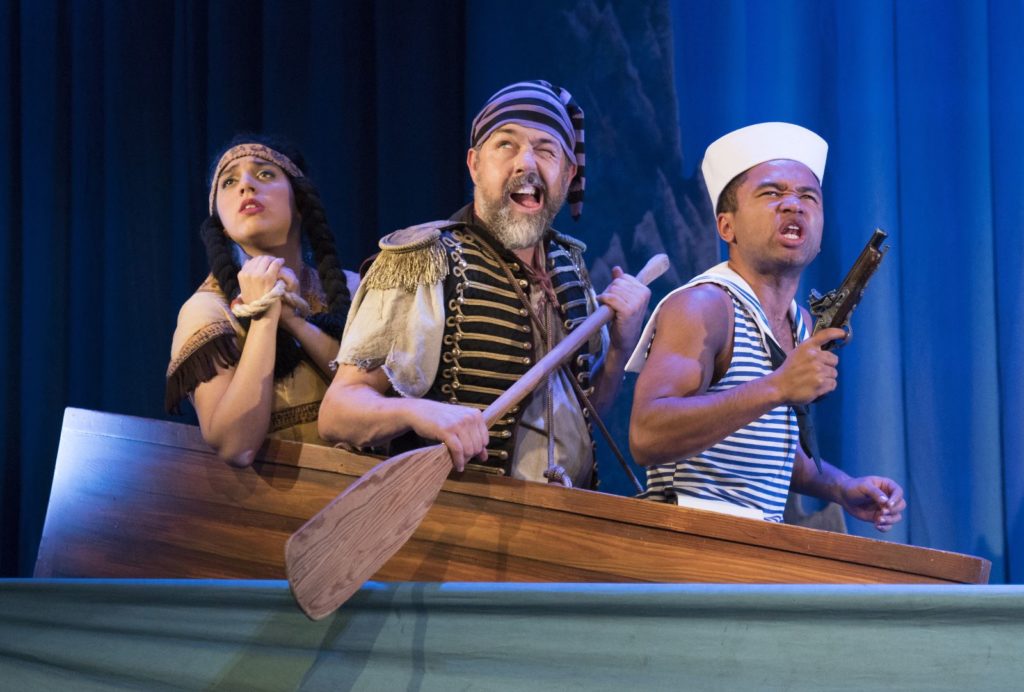
The whole cast is an incredible, fine-tuned machine of mischief and they all work so hard – though perhaps none so toilsomely as thespian troupers Oliver Senton and Phoebe Ellabani. Senton plays the over-enthusiastic AD, Nana the Dog, and a particularly unintelligible pirate who sounds like those blokes from Hot Fuzz – but perhaps his best moments come when he inhabits – nay embodies – the role of Peter’s Shadow, which is worth seeing the show for alone. Ellabani has maybe the most divergent set of roles, impressively swapping between the genteel Mrs Darling and family maid Lisa in seconds – not to mention pulling double (quadruple?) duty as Tiger Lily and a fabulously chaotic Tinkerbell. Senton and Ellabani also share perhaps my favourite scene: the one where Senton-as-Nana gets stuck in a door, and Ellabani-as-Mrs-Darling attempts to sing a moving lullaby as the technical team bring out a workshop-worth of noisy power tools to drill him out. You have got to see it for yourselves.
This is the kind of show which wouldn’t work if there was even a single weak link, and everyone in the cast is simply brilliant. One of the standouts is Tom Babbage as Max, a lovelorn actor who was only cast because his rich uncle funded the hapless production (revealed by the malfunctioning sound system). Babbage brings an Andrew Garfield adorkableness to the role, sweet and so sympathetic that he had the entire audience on-side and cheering for him to succeed (his triumphant crocodile dance is perhaps the cutest thing these eyes have ever seen). His unrequited (or is it?) love for Sandra is one of the loveliest aspects of the show, and, as the dance-loving Wendy Darling, Katy Daghorn brings the kind of delightful exuberance only generally found in the end of term school production.

Ciaran Kellgren as Jonathan aka a deliciously smarmy Peter Pan in whose flying sequences gets swung about more ferociously than Miley Cyrus on a wrecking ball. Even Ethan Moorhouse’s stolid stagehand Trevor gets roped in (and strung up – literally and figuratively) when the chaos starts taking out cast members, including the timorous Lucy aka Tootles (Georgia Bradley), one of the many victims of the structurally-unsound set. Romayne Andrews as John Darling gives a gloriously stilted performance as an actor so apathetic his lines – not to mention Classic FM and the shipping forecast – are being fed to him through anachronistic headphones. His line deliveries are an utter joy – matched only by the delectably dramatic narration of Patrick Warner as Francis, the ill-fated master of ceremonies who punctuates his tale by throwing glitter and growing increasingly afraid of his seemingly-possessed chair. Connor Crawford is particularly great as Captain Hook (and he’s clearly enjoying his stylish pirate costume – the way that coat moves!) but as Mr Darling he delivers a perfect homage to Gene Wilder in Young Frankenstein (you’ll know it when you see it).
The revolving set is spectacular – split into three segments that artfully represent numerous locations including the Darling nursery, Hook’s pirate ship, Pan’s woodland hideout, a moonlit London skyline and more, it’s a gorgeous feat of ingenuity that even a tide of technical issues can’t hide. Although it’s not a musical it still boasts some brilliant musical numbers like a rousing sea shanty on the Jolly Roger and a poppy group number about imaginary feasts. There’s also a truly visually striking scene in which Peter and Wendy go for a swim in the Neverland lagoon, and the set transforms into a spectacular evocation of the ocean depths in which neon sea-creatures frolic and glide. They still manage to wring out its comic potential (not least a lights-up reveal as to how they achieved said effect), but it doesn’t dull the polish of the scene’s creative beauty.
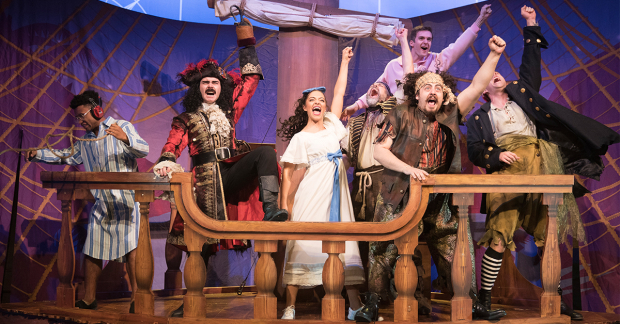
Mischief Theatre’s marvellous modus operandi is fast becoming as beloved as theatre tropes and traditions on which it gleefully riffs. Peter Pan is a story so familiar to us that we know the plot beats, the characters and the lines even as the production falls apart at the seams – and there is joy to be had in watching people desperately striving to remain sane while the world collapses around them. It takes pinpoint precision to look this imprecise, and Mischief Theatre have got it down to a fine art. It’s a show for people who adore theatre and even those who aren’t so keen – because every tradition, trope and trapping is lovingly ribbed in that creative, entertaining and endearing way that Mischief does so well. I was lucky enough to see this production with my grandpa, who dubbed the show ‘the best theatre experience I’ve ever had’. It’s a show you shouldn’t miss and won’t forget.
Peter Pan Goes Wrong is playing at the New Theatre, Cardiff through Sunday 10th November.

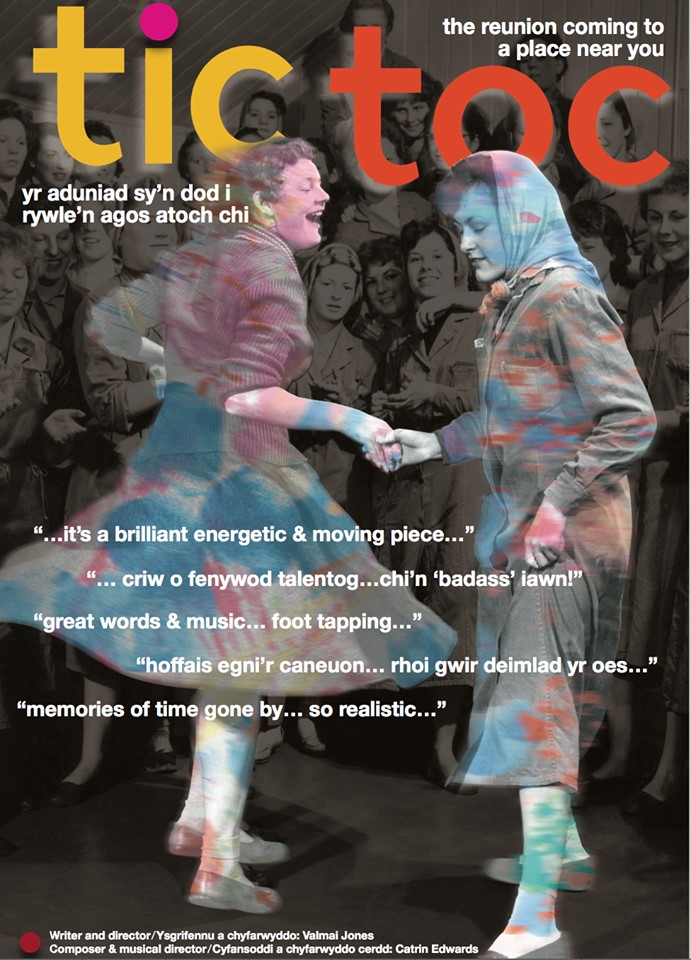



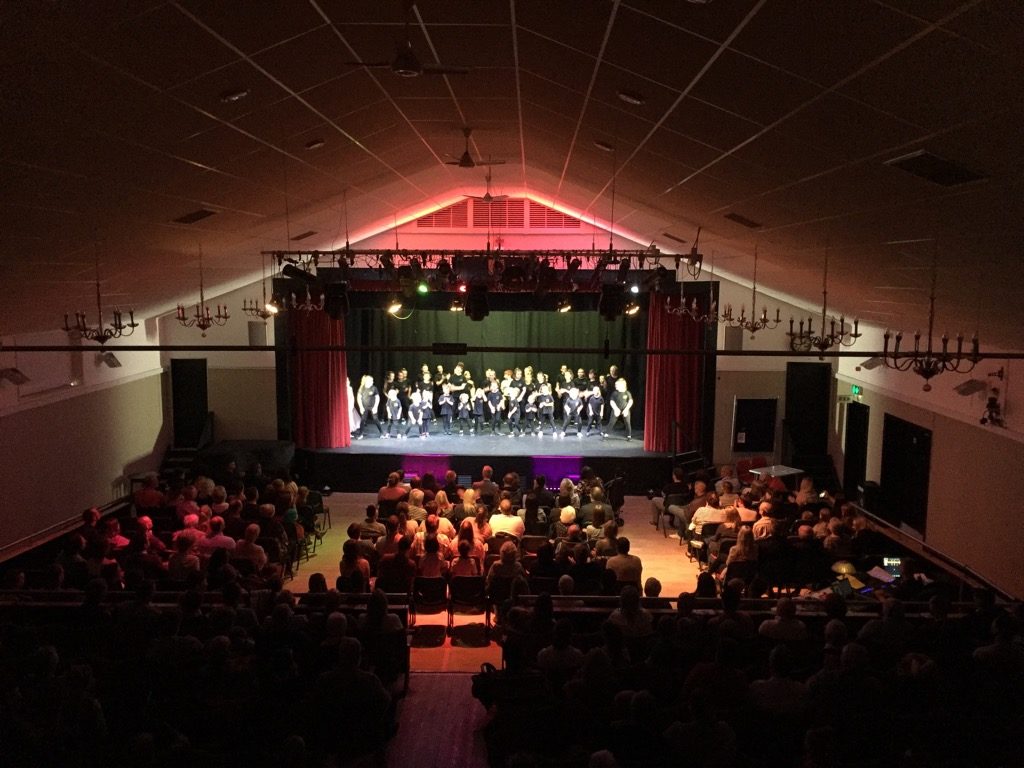
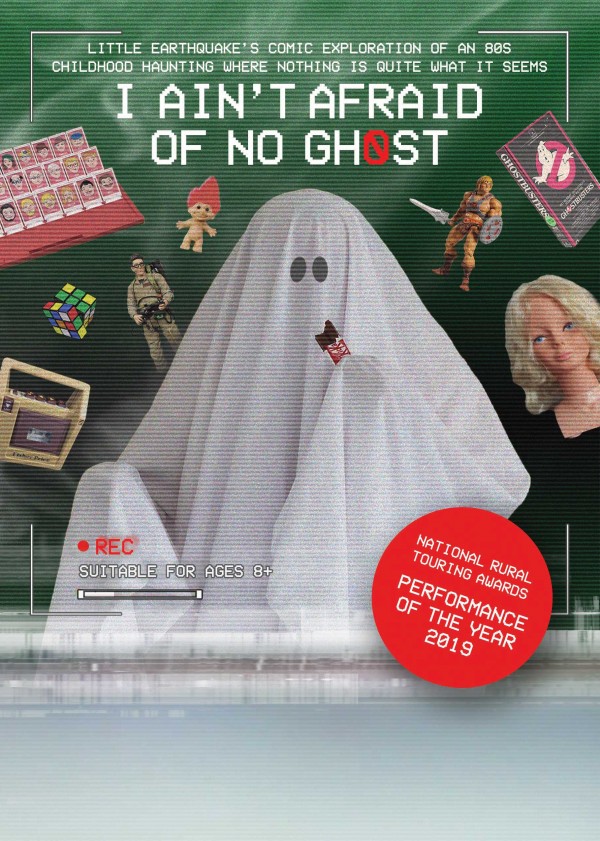


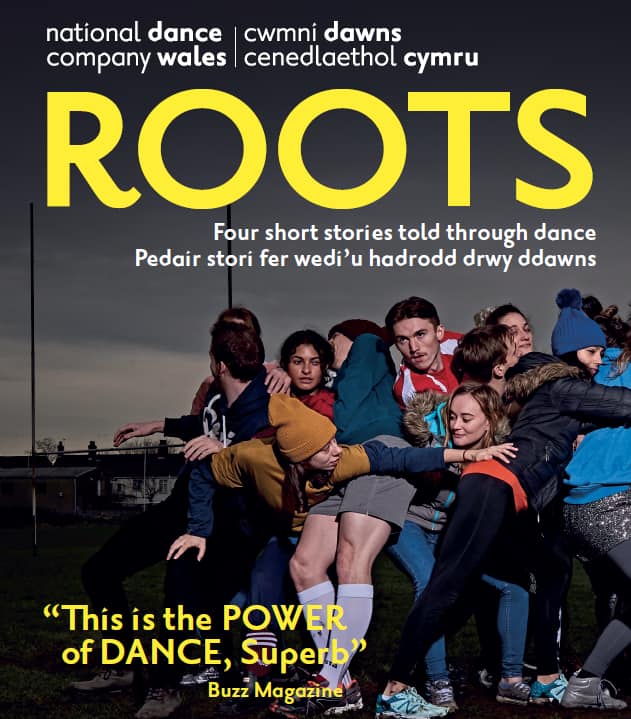

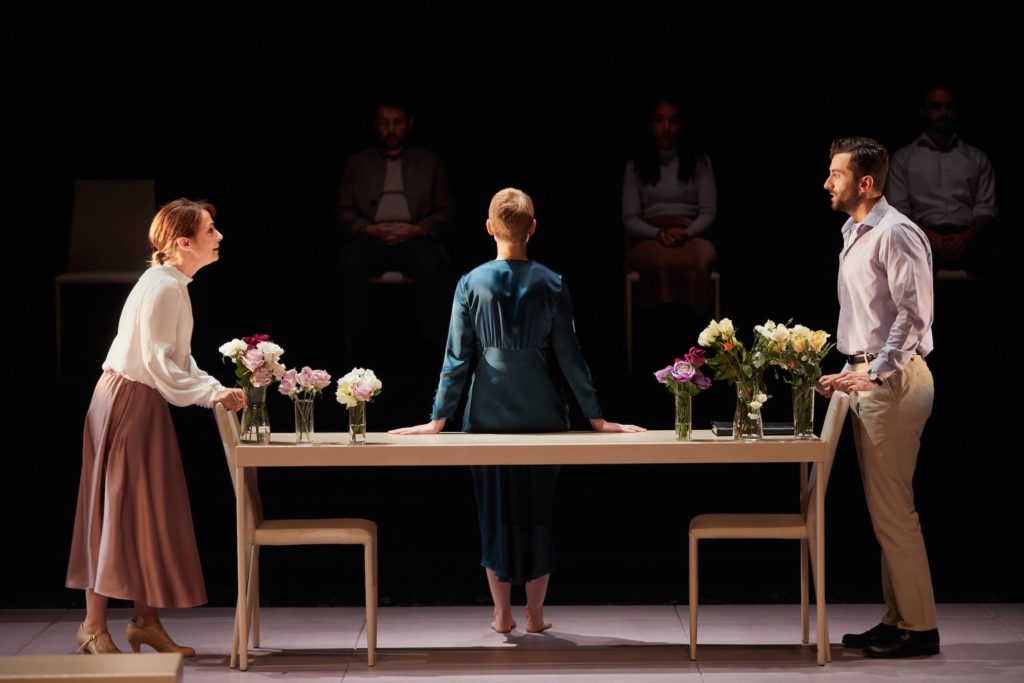

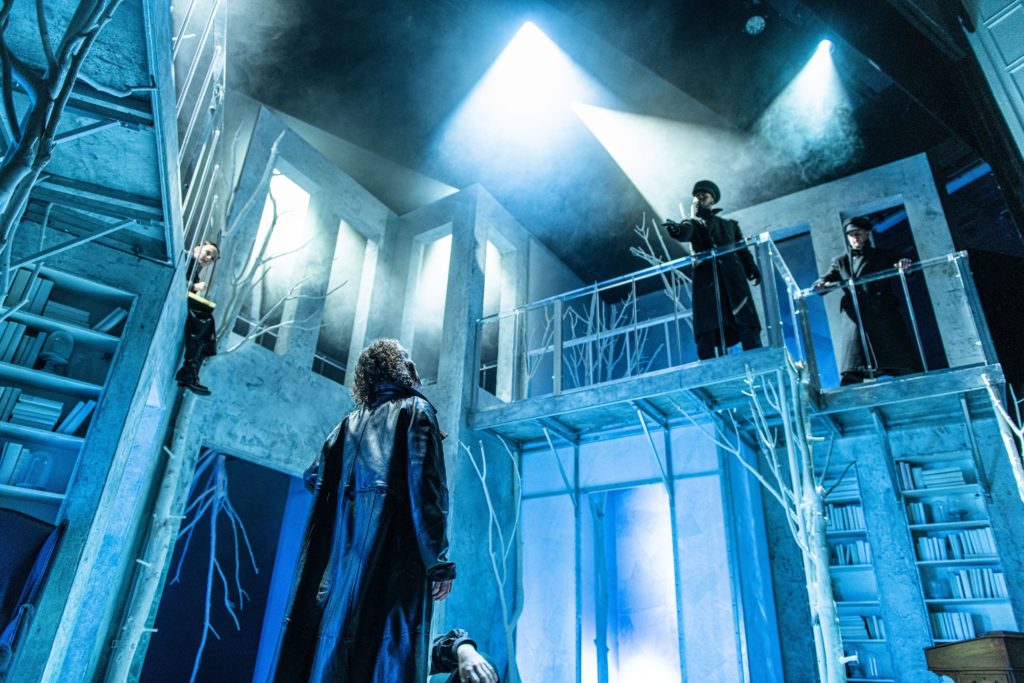


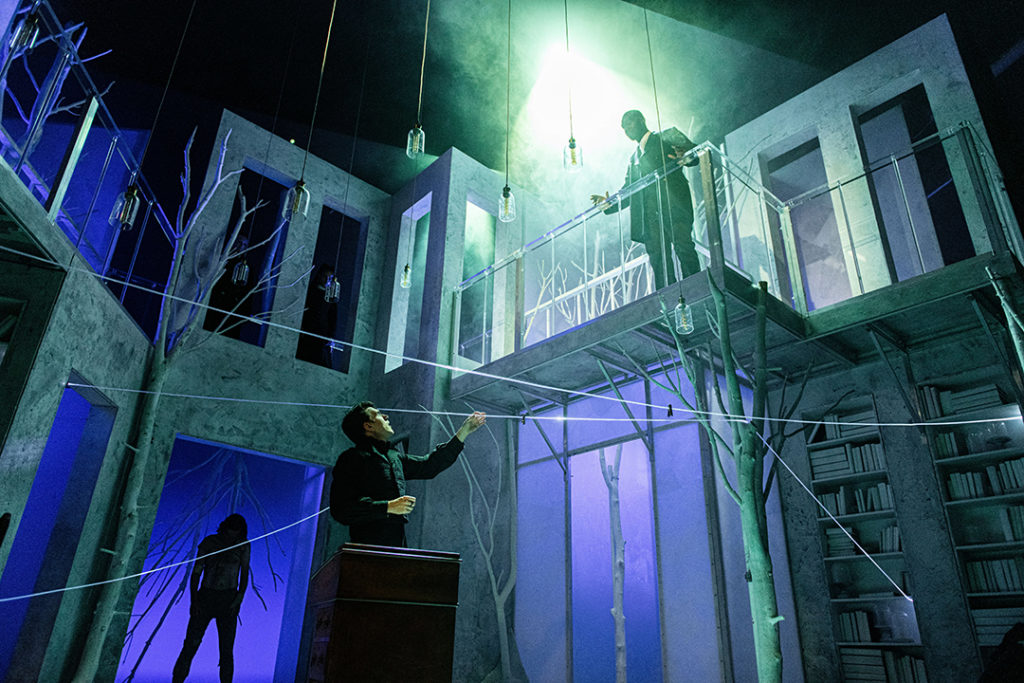
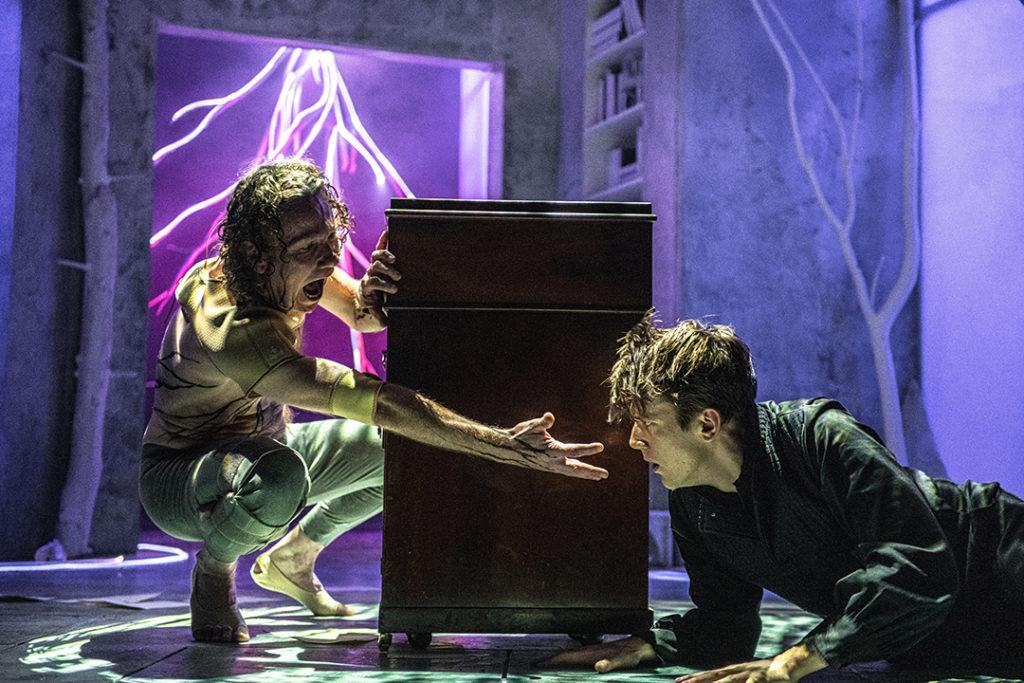
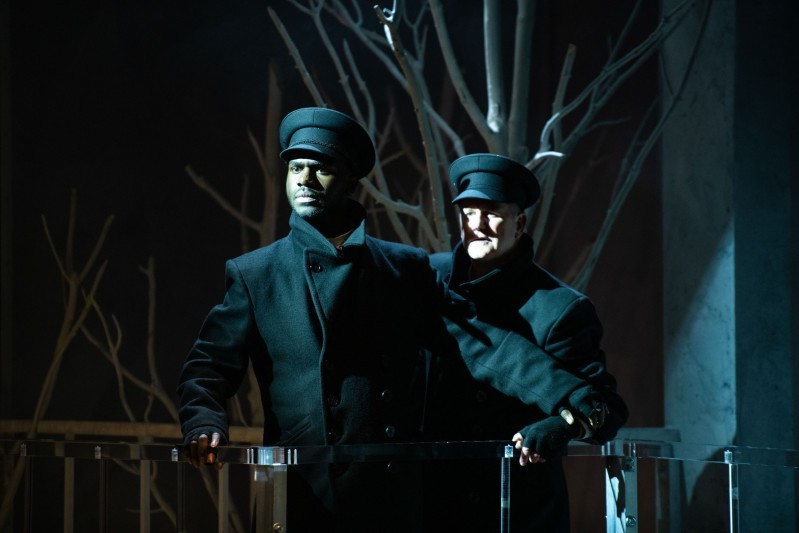
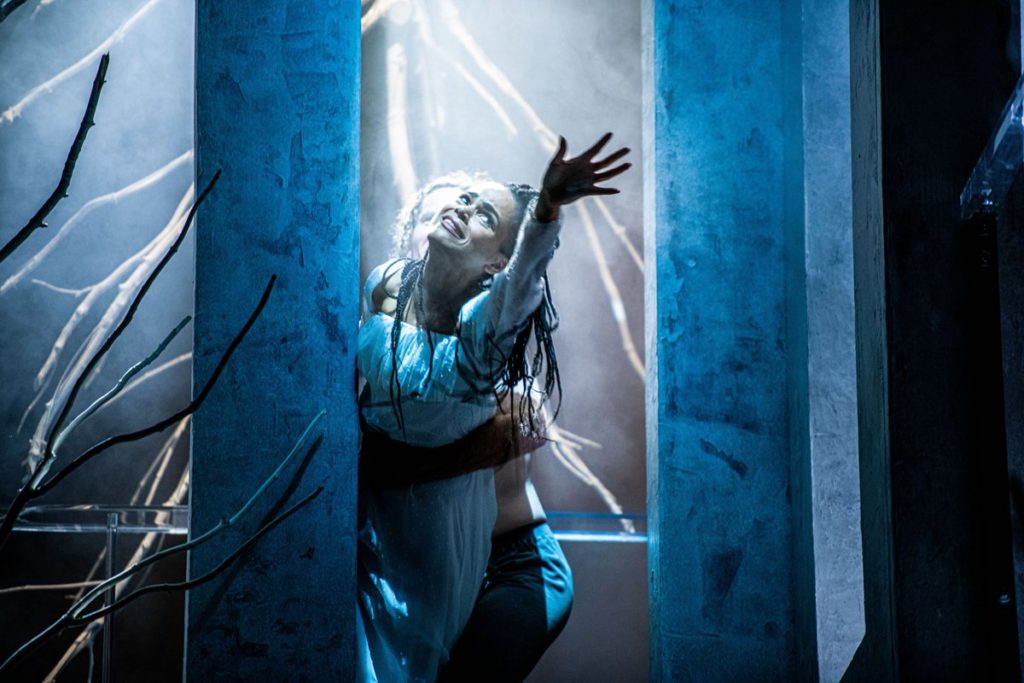
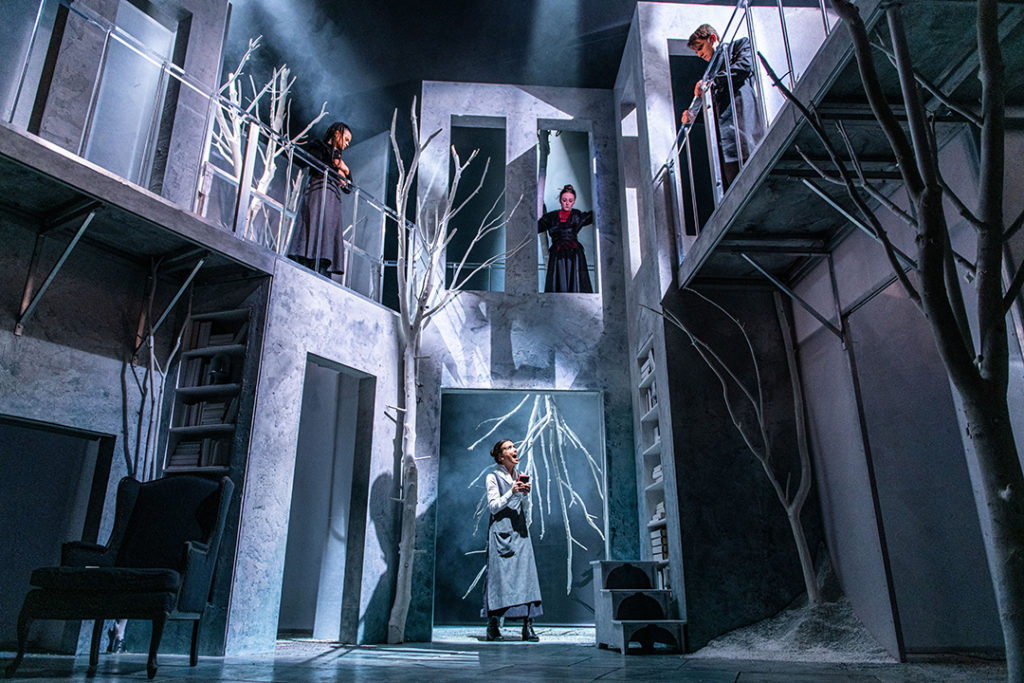
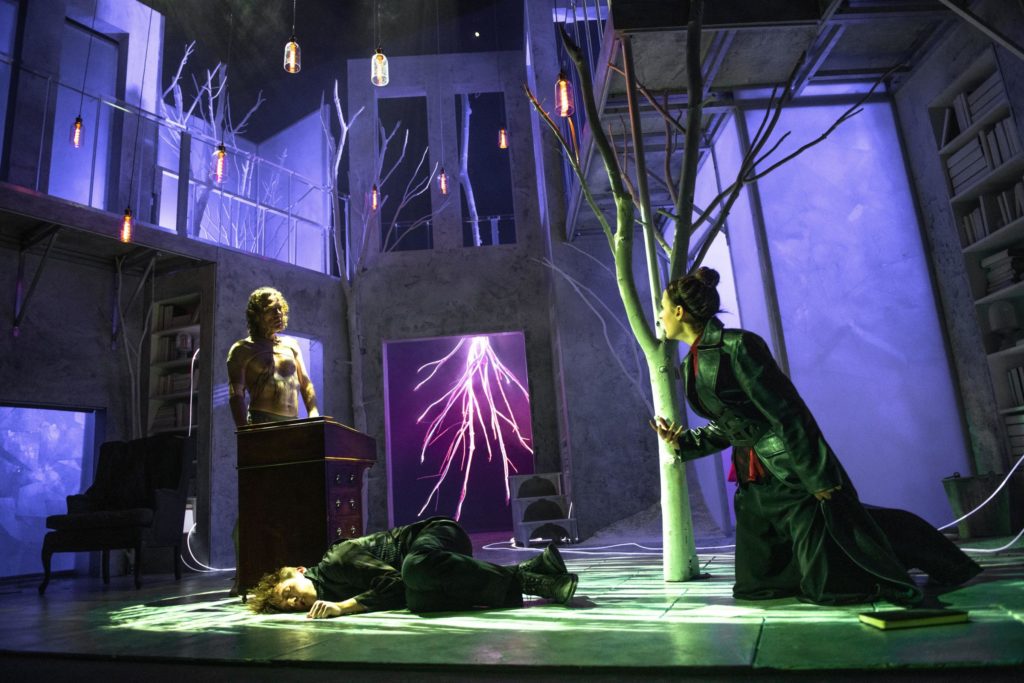
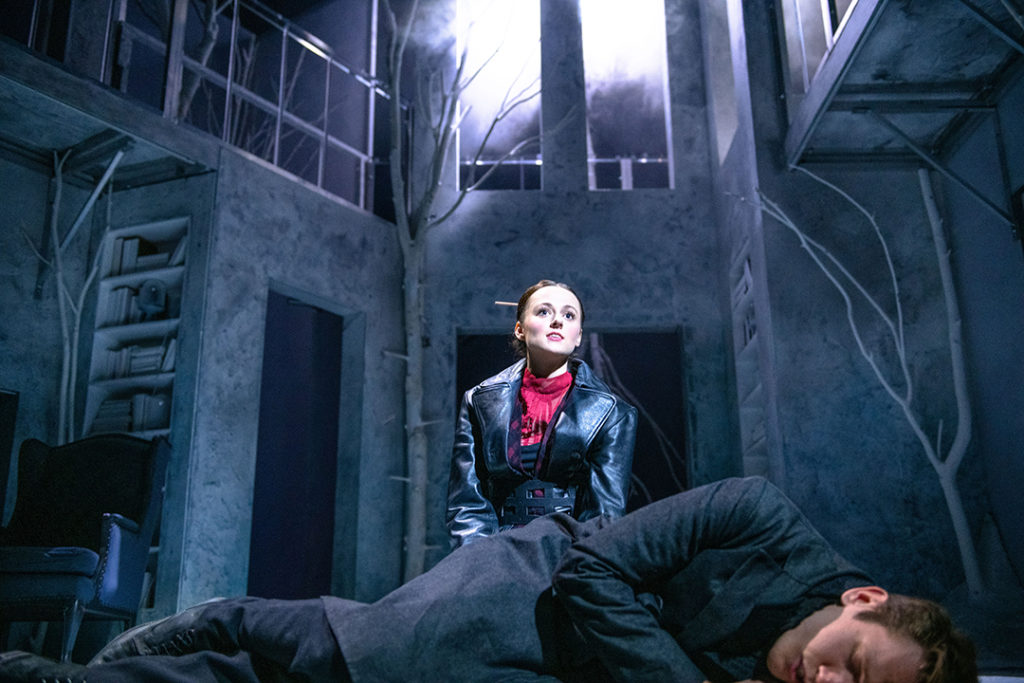





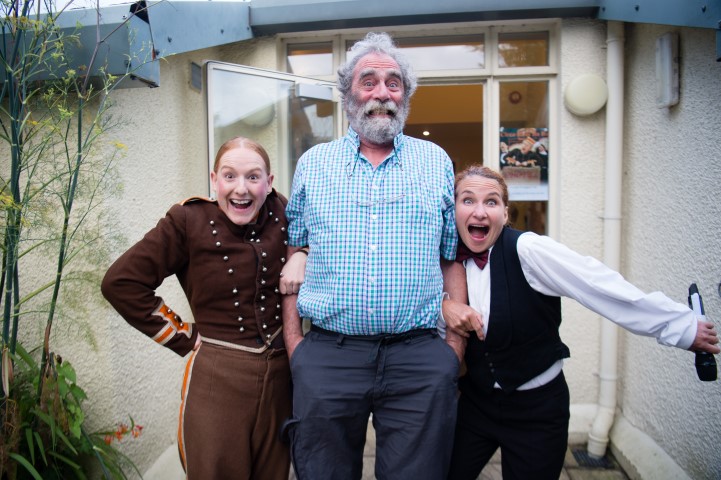
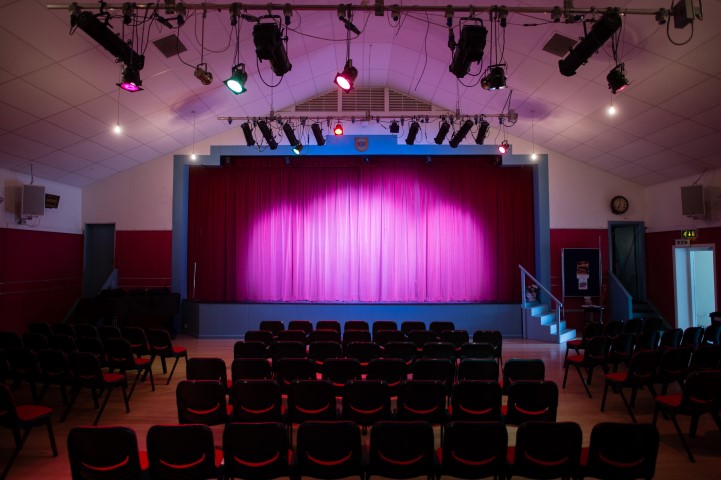

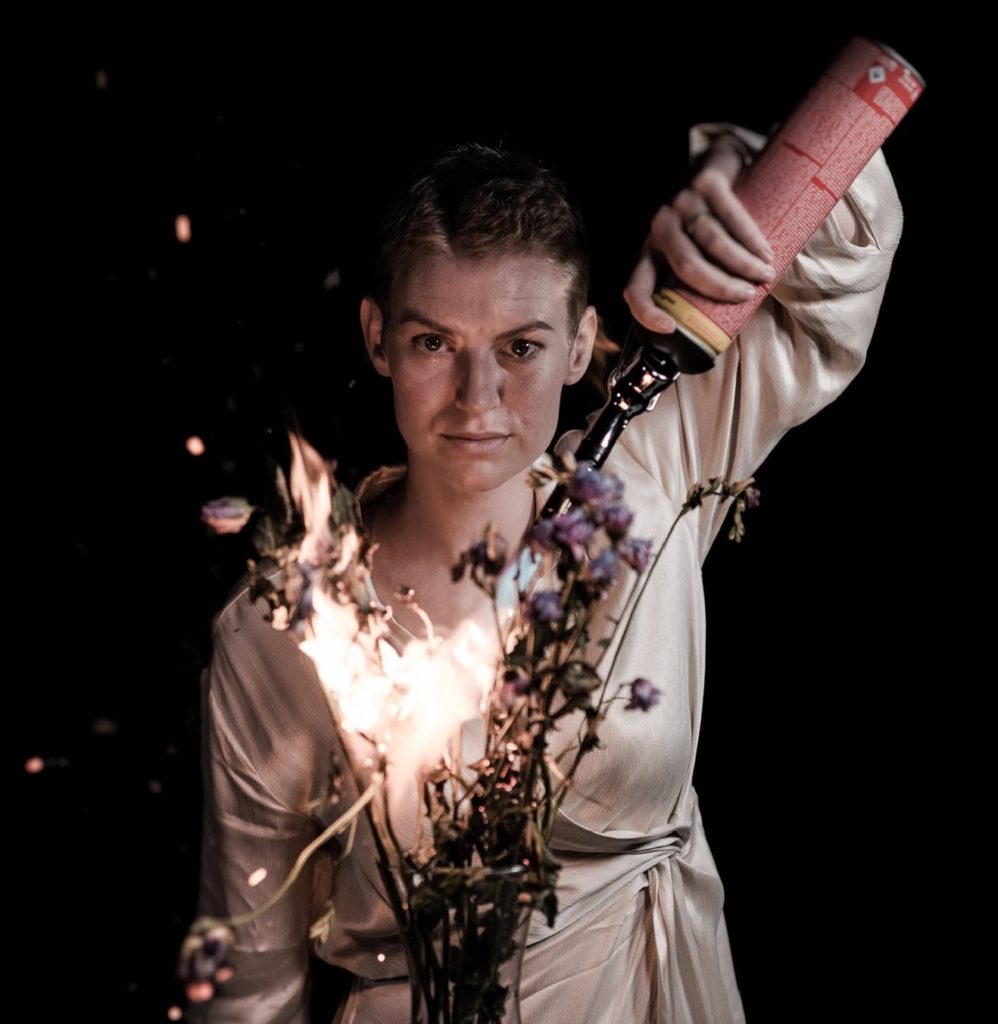

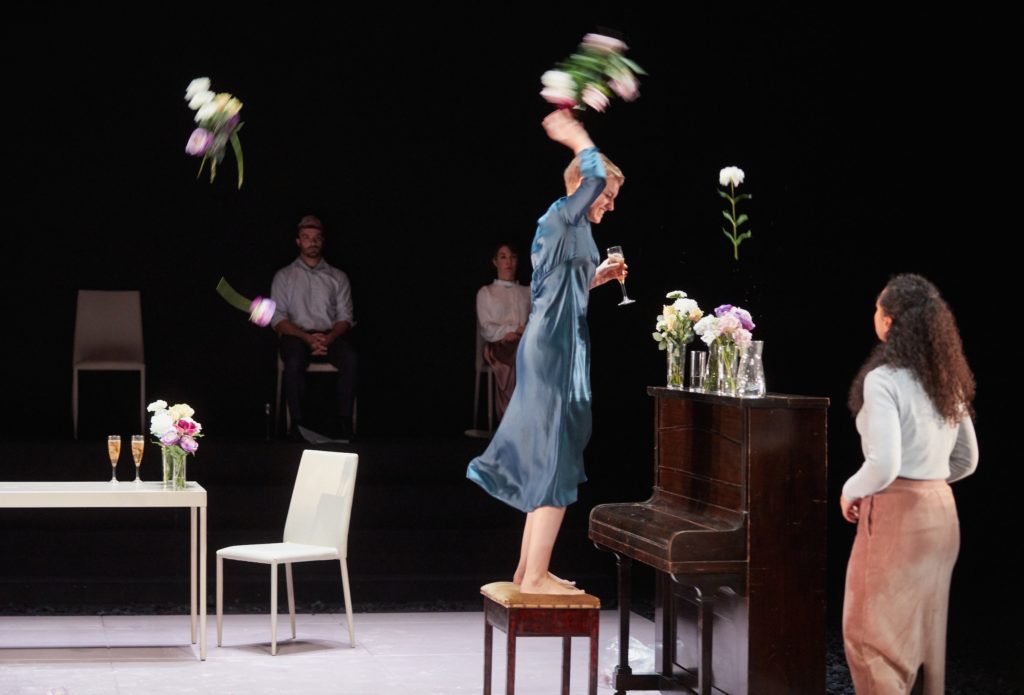
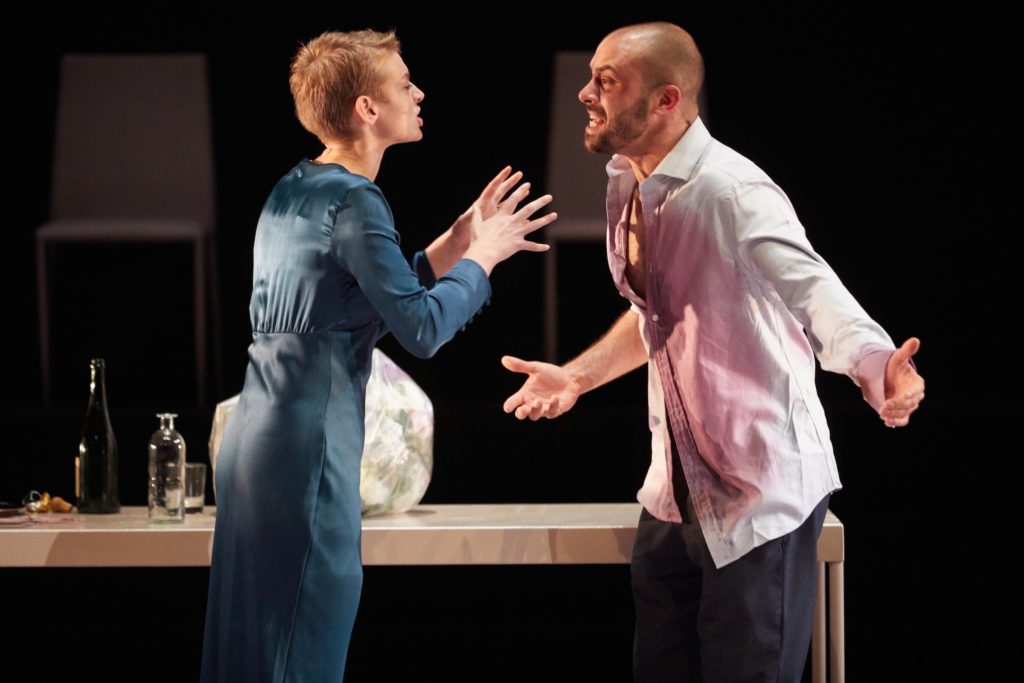
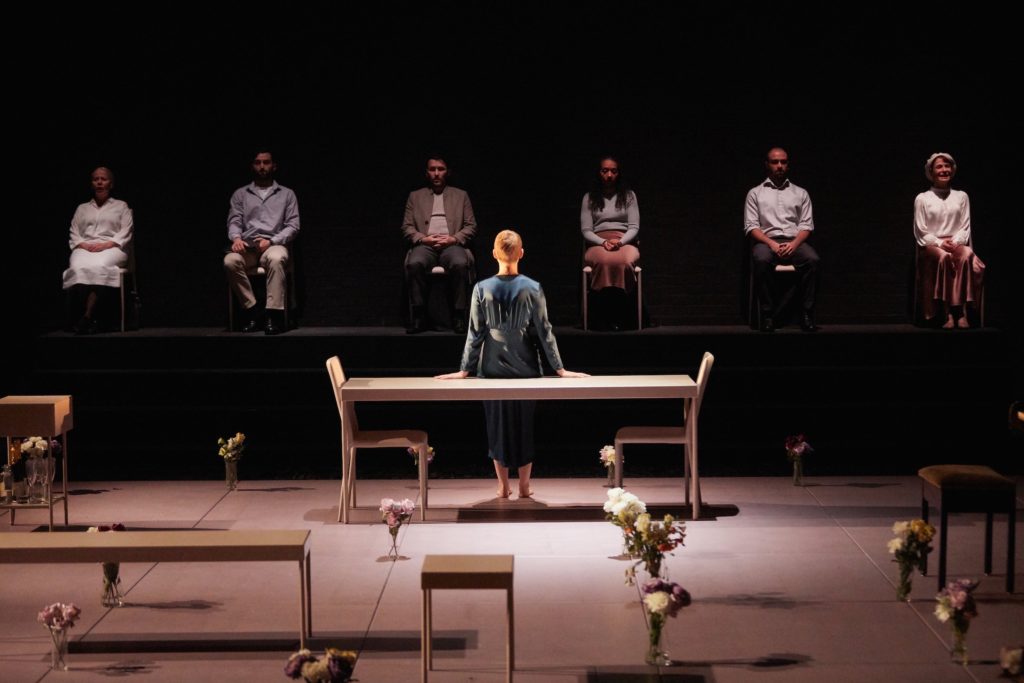

 (5 / 5)
(5 / 5)
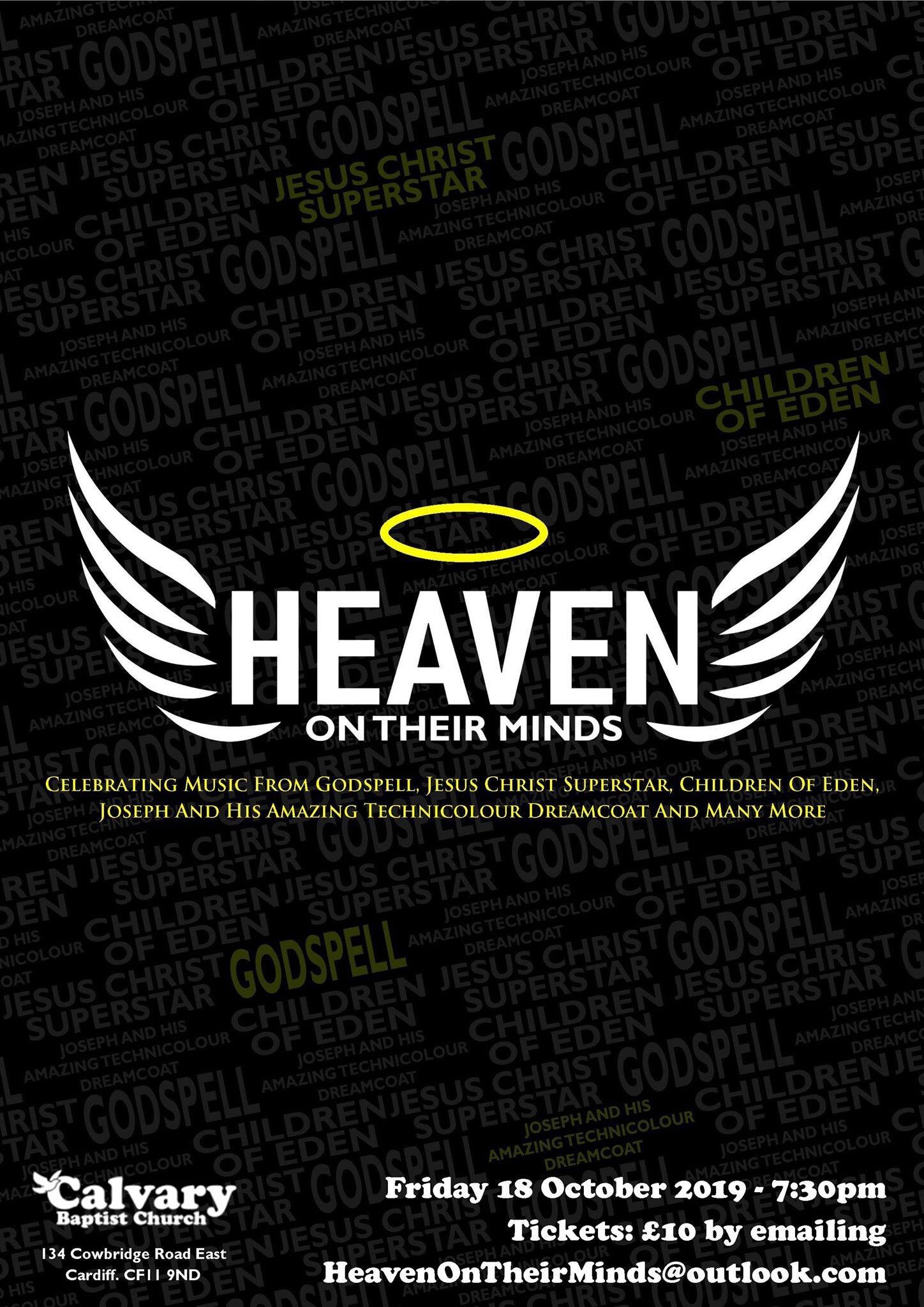
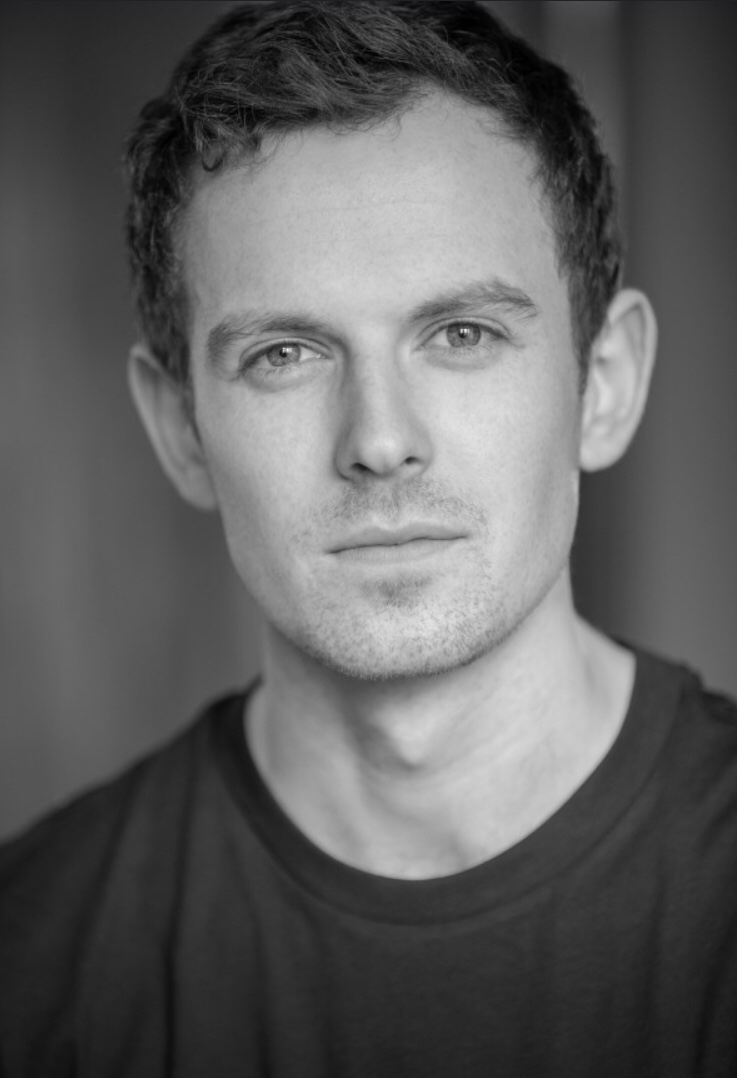
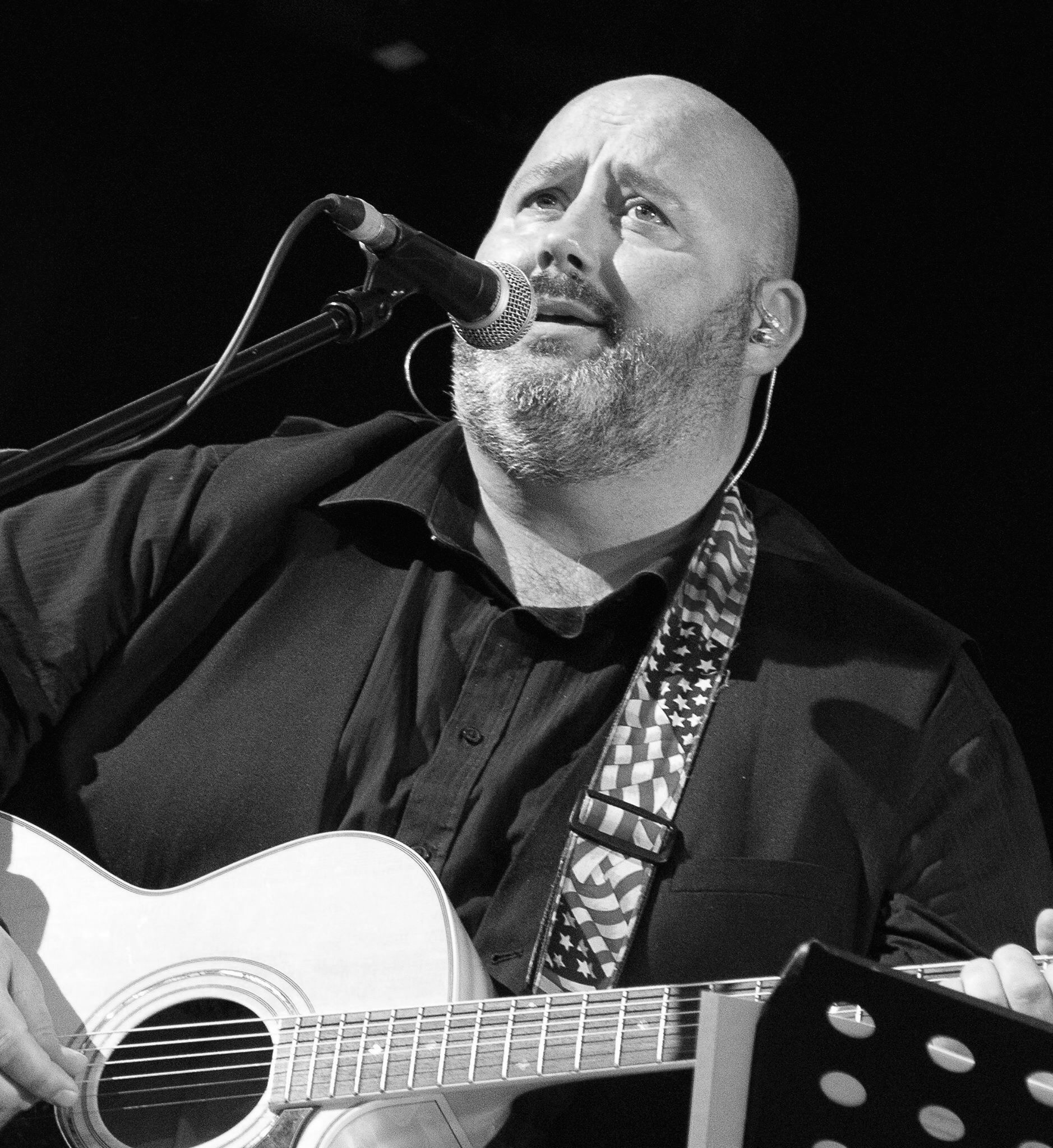
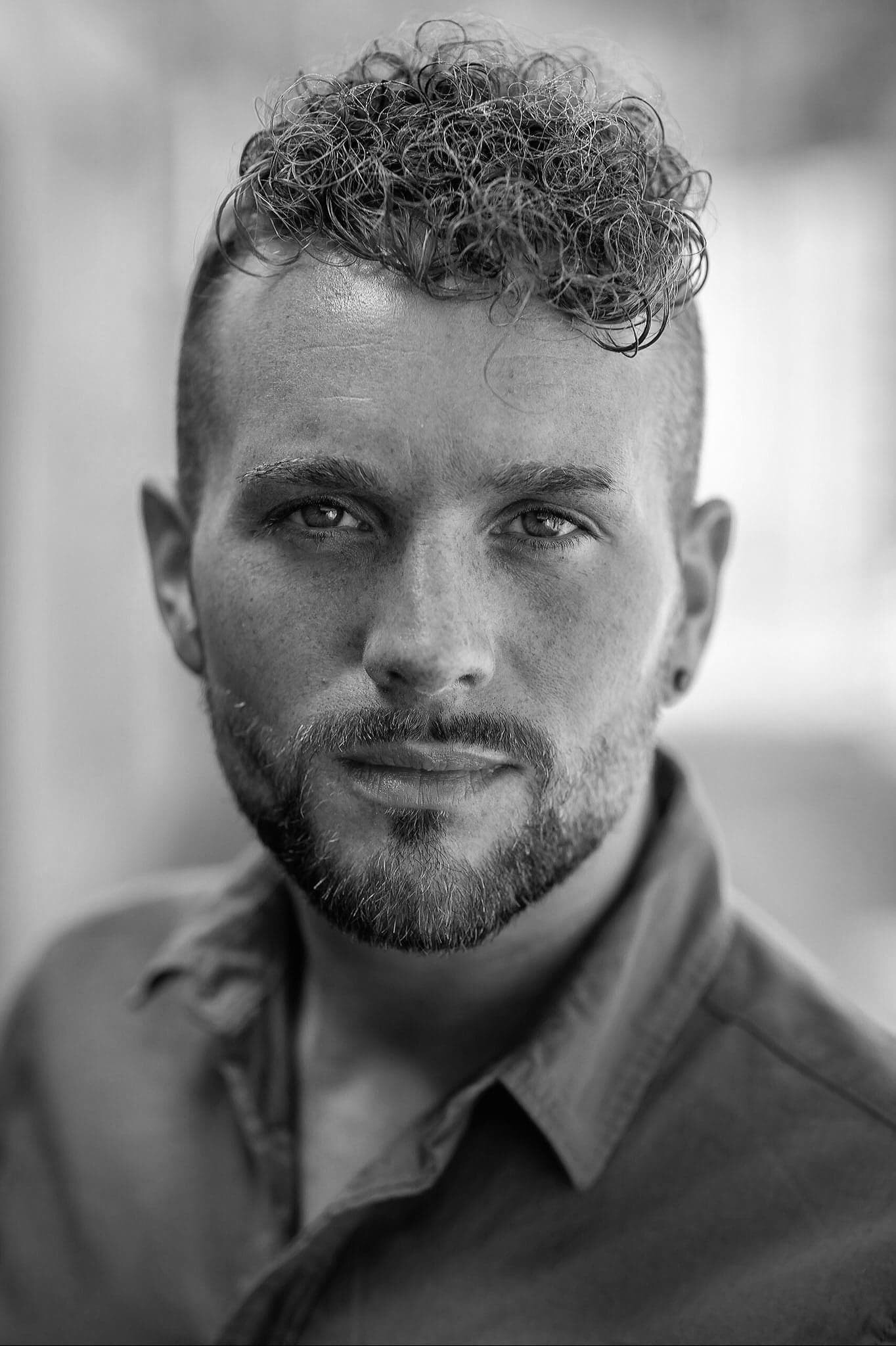
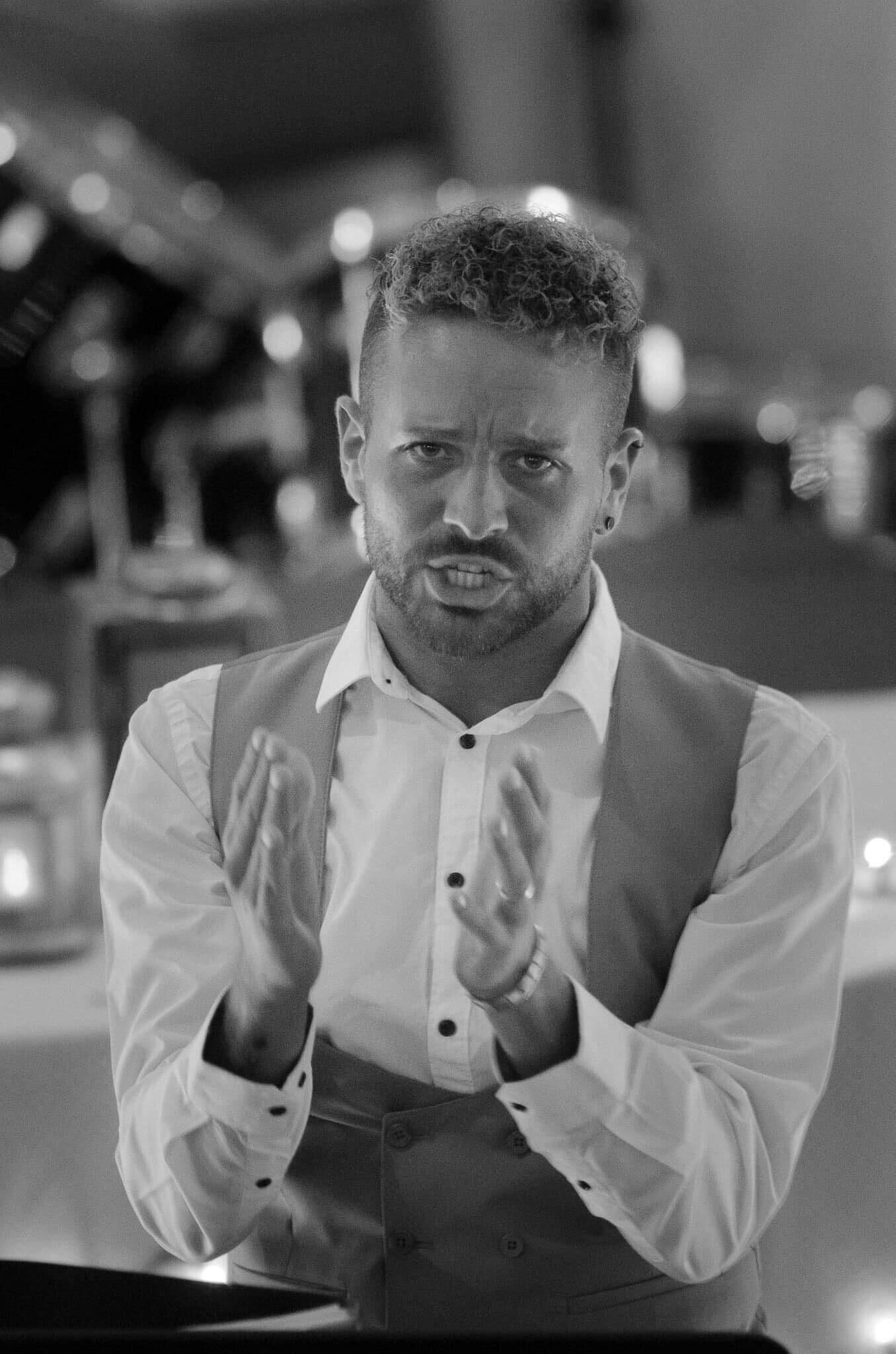
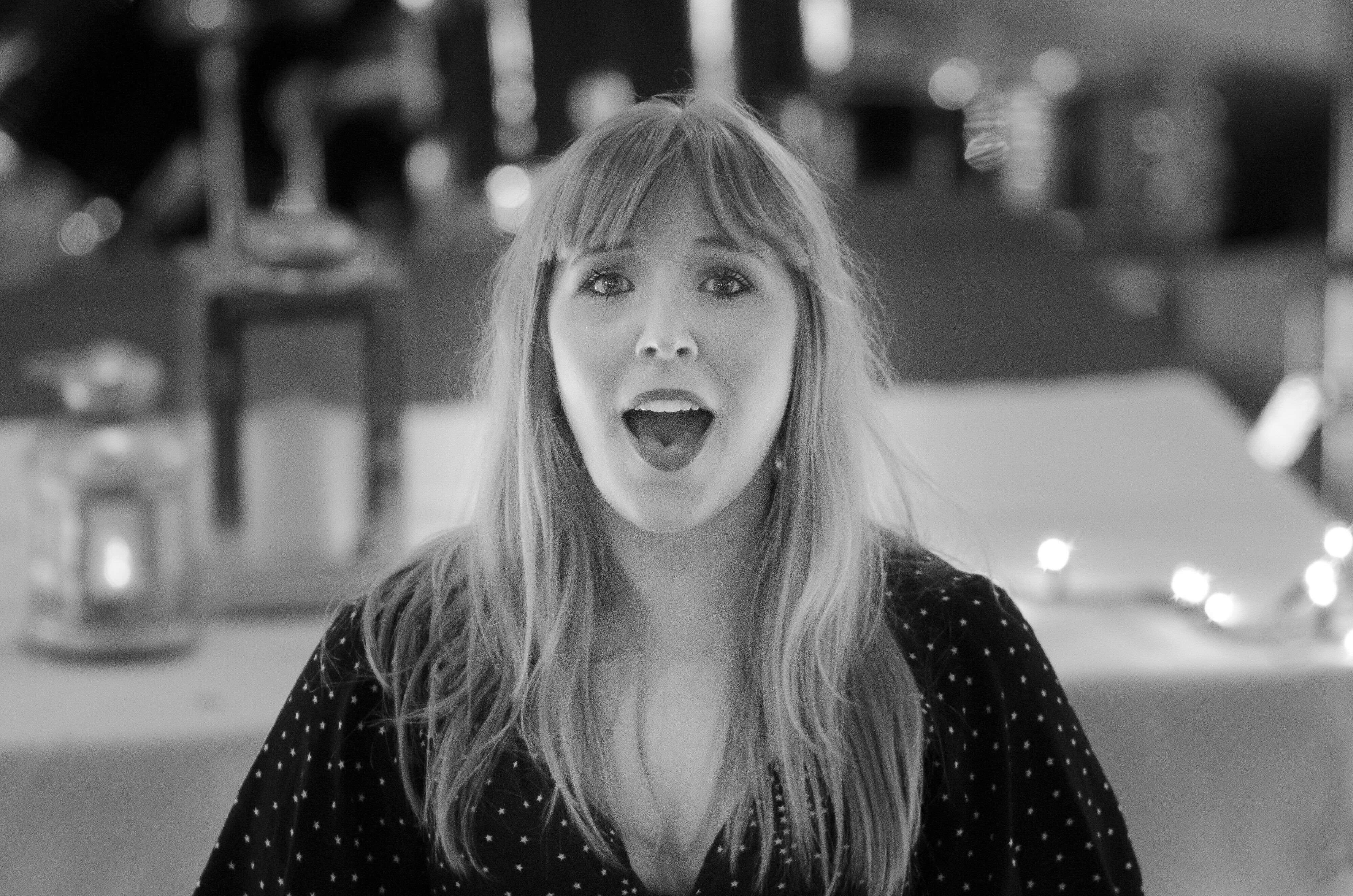
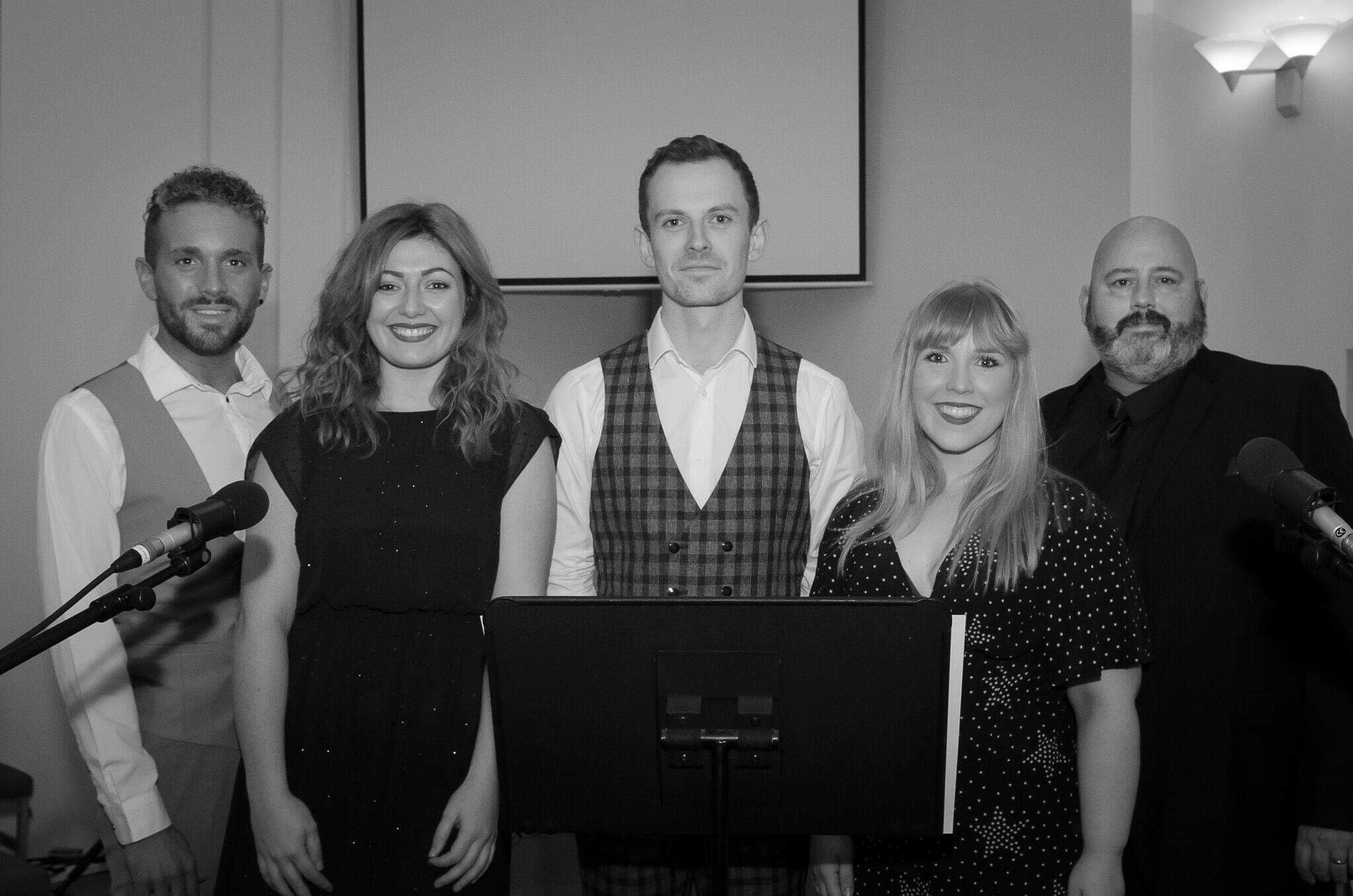
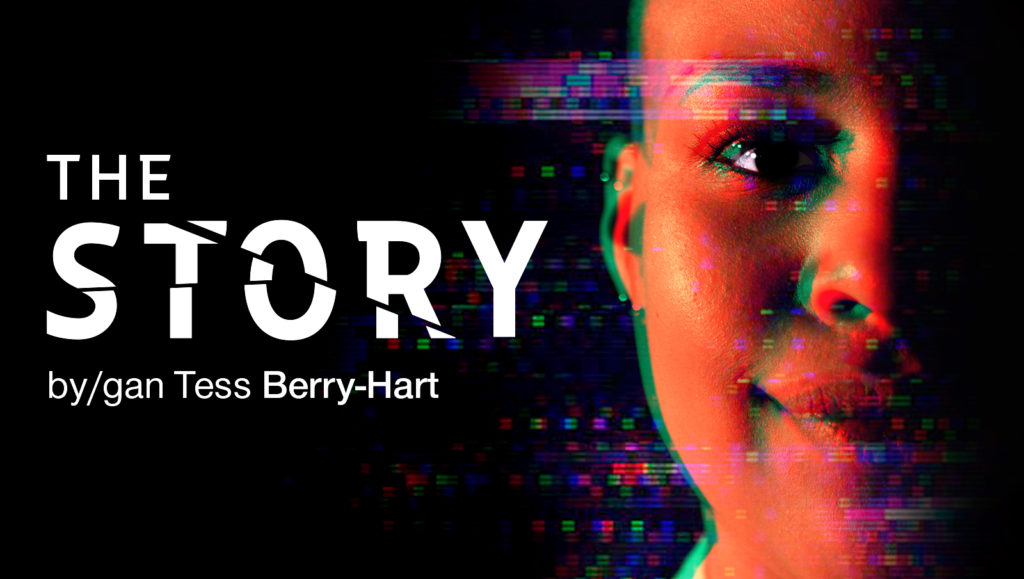
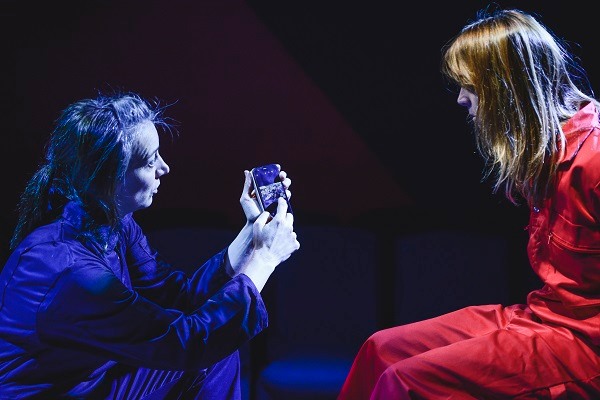

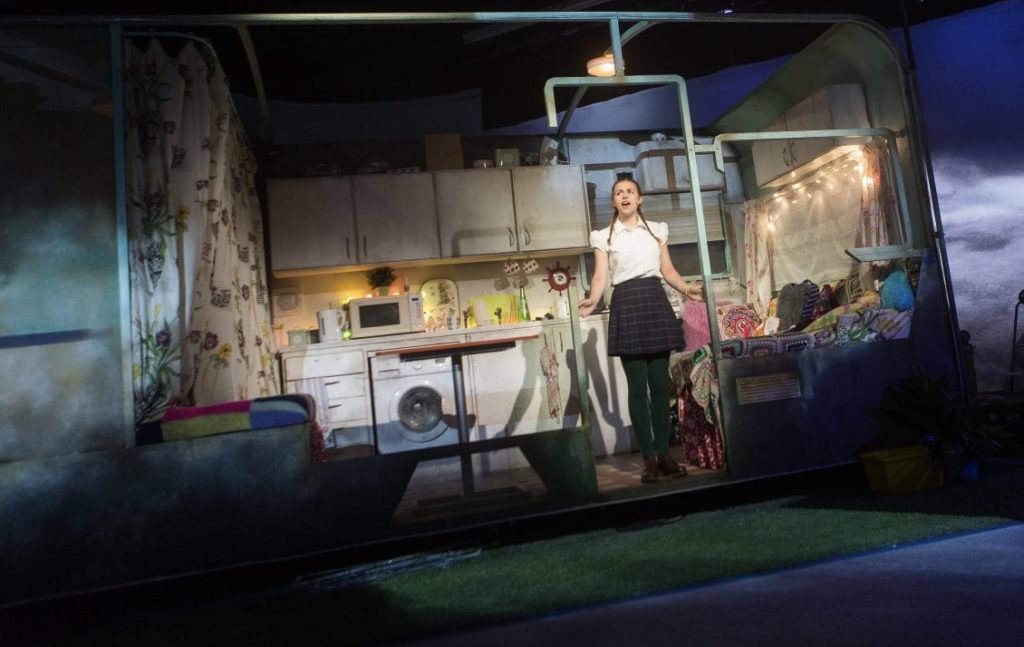
 (4 / 5)
(4 / 5)
